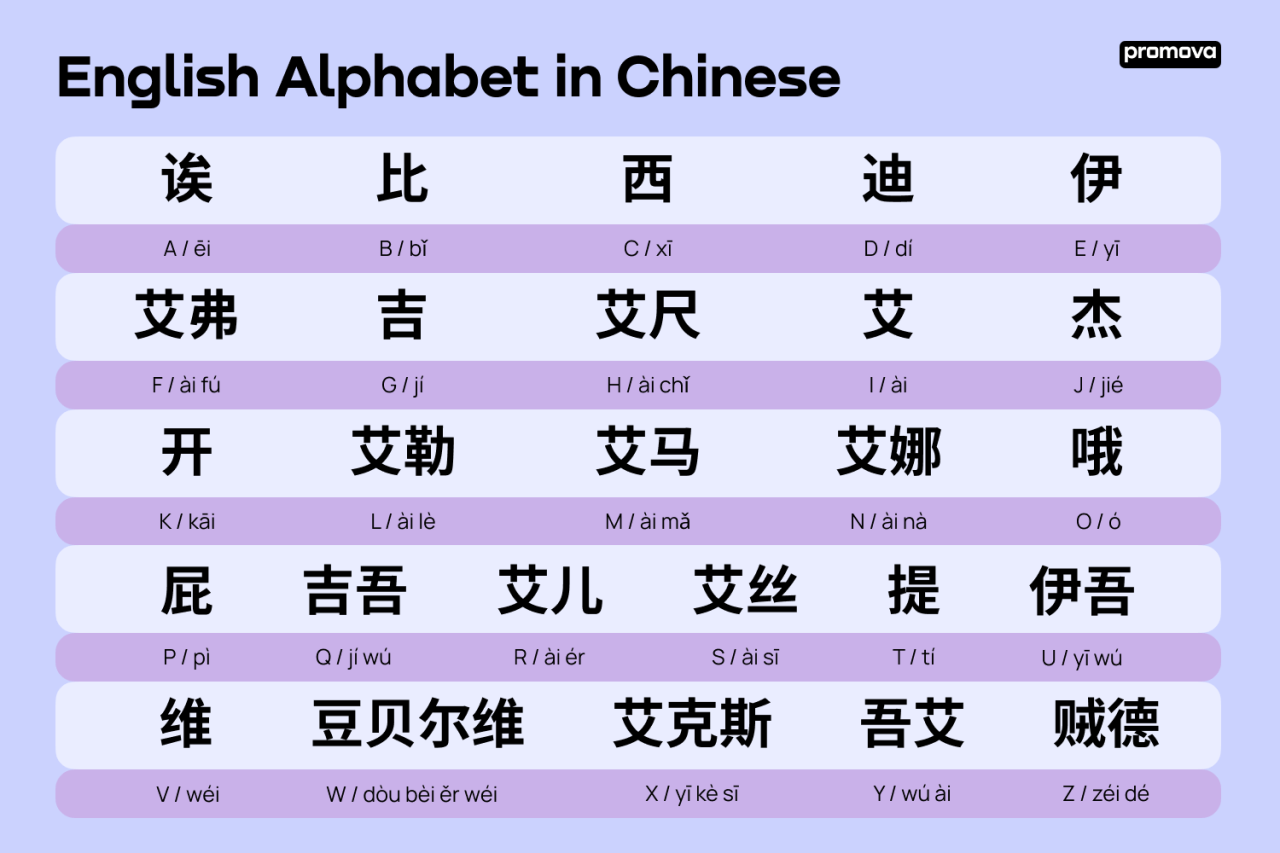Discover China’s Secrets: Unveiling Wonders of Culture & Cuisine

Introduction to Chinese Language and Culture

The Chinese language is a rich and complex system of communication that has been spoken for thousands of years. With over 1 billion speakers worldwide, it is the most widely spoken language in the world, and its influence can be seen in many aspects of modern society. From the intricately written characters to the nuanced tones and dialects, the Chinese language is a fascinating subject that offers a unique glimpse into the culture and history of China.
Chinese culture is one of the oldest and most diverse in the world, with a recorded history dating back over 3,000 years. From the ancient dynasties of the Shang and Zhou to the modern-day People’s Republic, China has a long and storied past that is reflected in its language, art, literature, and customs. In this article, we will delve into the world of Chinese language and culture, exploring its history, grammar, dialects, and significance in the modern world.
History of the Chinese Language
The Chinese language has a long and complex history that spans over 3,000 years. The earliest written records of Chinese date back to the Shang Dynasty (16th-11th centuries BC), where oracle bones and bronze inscriptions were used to record important events and communicate with the gods. Over time, the Chinese language evolved and branched out into different dialects and regional languages, with the Qin Dynasty (221-206 BC) standardizing the language and creating a unified system of writing.
During the Han Dynasty (206 BC-220 AD), Chinese became the language of government, literature, and culture, with the development of Confucianism and Taoism shaping the language and its usage. The Tang Dynasty (618-907 AD) saw a golden age of Chinese literature and poetry, with famous poets like Du Fu and Li Bai contributing to the language’s rich literary heritage. Today, Chinese is an official language of the United Nations, the People’s Republic of China, Taiwan, and Singapore, and is widely spoken in many other countries around the world.
Chinese Grammar and Syntax
Chinese grammar and syntax are unique and distinct from those of European languages. Chinese is a tonal language, with four tones and a neutral tone that can change the meaning of a word. The language also uses a subject-verb-object word order, with particles and grammatical markers indicating the relationships between words and phrases.
One of the most distinctive features of Chinese grammar is the use of characters instead of an alphabet. Chinese characters are logograms, meaning that each character represents a word or concept rather than a sound. There are thousands of characters in the Chinese language, with new ones being created all the time. This can make Chinese a challenging language to learn, but also offers a unique window into the language’s history and culture.
Chinese syntax is also characterized by the use of particles and grammatical markers to indicate the relationships between words and phrases. For example, the particle le is used to indicate a change in state or a completed action, while the particle de is used to indicate possession or relationship. These particles and markers can be tricky to master, but are essential to communicating effectively in Chinese.
Chinese Dialects and Regional Languages
Chinese is a language with many dialects and regional languages, each with its own unique characteristics and features. The most widely spoken dialect is Mandarin, which is the official language of the People’s Republic of China and Taiwan. Other major dialects include Cantonese, Wu, Min, and Hakka, each with its own distinct grammar, vocabulary, and pronunciation.
Regional languages like Tibetan and Uyghur are also spoken in China, with their own unique scripts and grammatical systems. These languages are an important part of China’s linguistic diversity, and offer a glimpse into the country’s complex cultural and ethnic heritage.
Here are some of the main Chinese dialects and regional languages:
- Mandarin: spoken in northern and southwestern China, and the official language of the People’s Republic of China and Taiwan
- Cantonese: spoken in southern China, particularly in the provinces of Guangdong and Guangxi
- Wu: spoken in eastern China, particularly in the province of Shanghai
- Min: spoken in southeastern China, particularly in the province of Fujian
- Hakka: spoken in southern China, particularly in the provinces of Guangdong and Jiangxi
- Tibetan: spoken in the Tibet Autonomous Region and other parts of western China
- Uyghur: spoken in the Xinjiang Uyghur Autonomous Region and other parts of western China
Chinese Language in the Modern World
Chinese is an increasingly important language in the modern world, with China’s growing economic and cultural influence making it a vital tool for business, diplomacy, and international communication. Many countries are now offering Chinese language courses in schools and universities, and there is a growing demand for Chinese language teachers and translators.
The Chinese language is also playing a major role in the digital age, with Chinese social media platforms like WeChat and Weibo becoming increasingly popular around the world. Chinese is also an official language of many international organizations, including the United Nations, the International Olympic Committee, and the Asian Infrastructure Investment Bank.
Here are some of the ways that Chinese is being used in the modern world:
- Business and trade: Chinese is an essential language for businesses operating in China or with Chinese companies
- Diplomacy and international relations: Chinese is an official language of many international organizations and is widely used in diplomatic communications
- Education and research: Chinese is an increasingly popular language of study in schools and universities around the world
- Technology and social media: Chinese social media platforms like WeChat and Weibo are becoming increasingly popular around the world
- Culture and tourism: Chinese is an important language for tourists and travelers visiting China, with many cultural and historical sites offering Chinese language guides and interpretation
Learning Chinese Language
Learning Chinese can be a challenging but rewarding experience, with many resources available to help learners of all levels. From language courses and textbooks to online resources and language exchange programs, there are many ways to learn Chinese and improve your language skills.
Here are some tips for learning Chinese:
- Start with the basics: begin with basic Chinese grammar and vocabulary, and build from there
- Practice regularly: practice speaking, writing, and listening to Chinese regularly to improve your language skills
- Immerse yourself in the language: watch Chinese movies and TV shows, listen to Chinese music, and try to speak with native speakers as much as possible
- Use online resources: there are many online resources available to help you learn Chinese, including language courses, textbooks, and language exchange programs
- Be patient and persistent: learning Chinese takes time and effort, so be patient and persistent in your studies
Conclusion
In conclusion, the Chinese language is a rich and complex system of communication that offers a unique glimpse into the culture and history of China. With its intricate grammar, nuanced tones, and diverse dialects, Chinese is a fascinating subject that is increasingly important in the modern world. Whether you are a language learner, a business professional, or simply someone interested in Chinese culture, there are many resources available to help you learn and appreciate the Chinese language.
By understanding and appreciating the Chinese language, we can gain a deeper insight into the culture and history of China, and build stronger relationships with Chinese people around the world. So why not start learning Chinese today, and discover the many wonders and opportunities that this incredible language has to offer?










